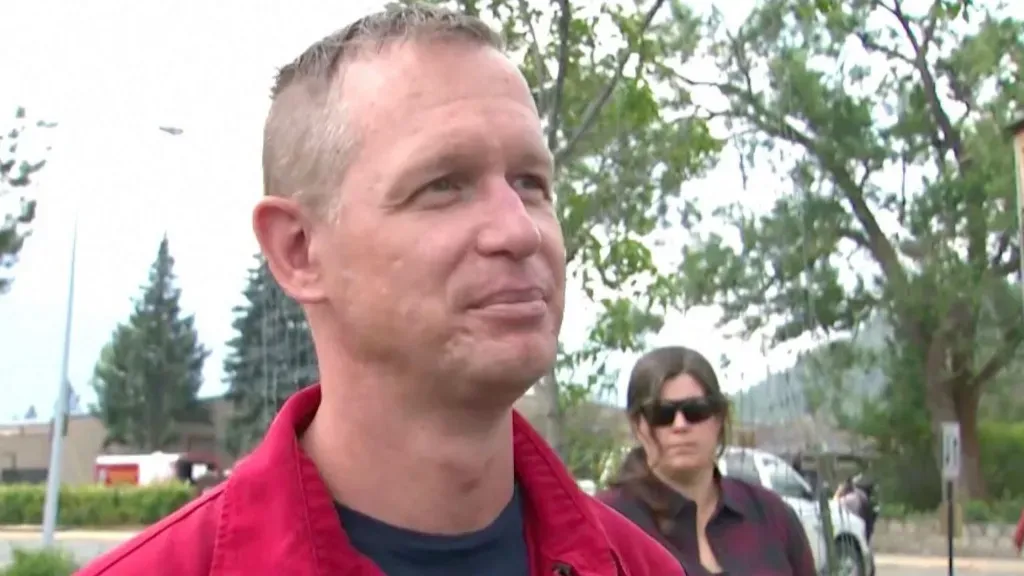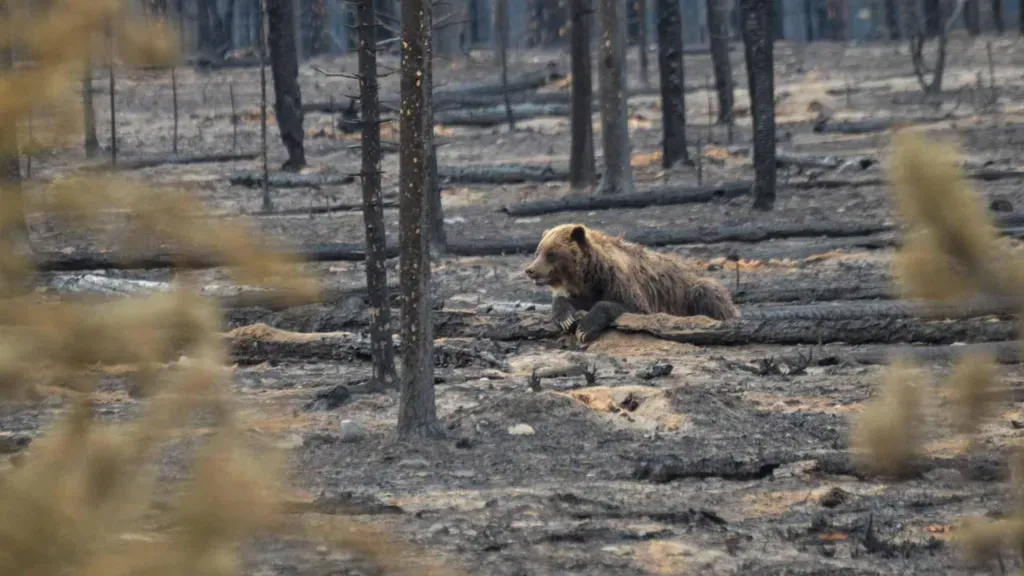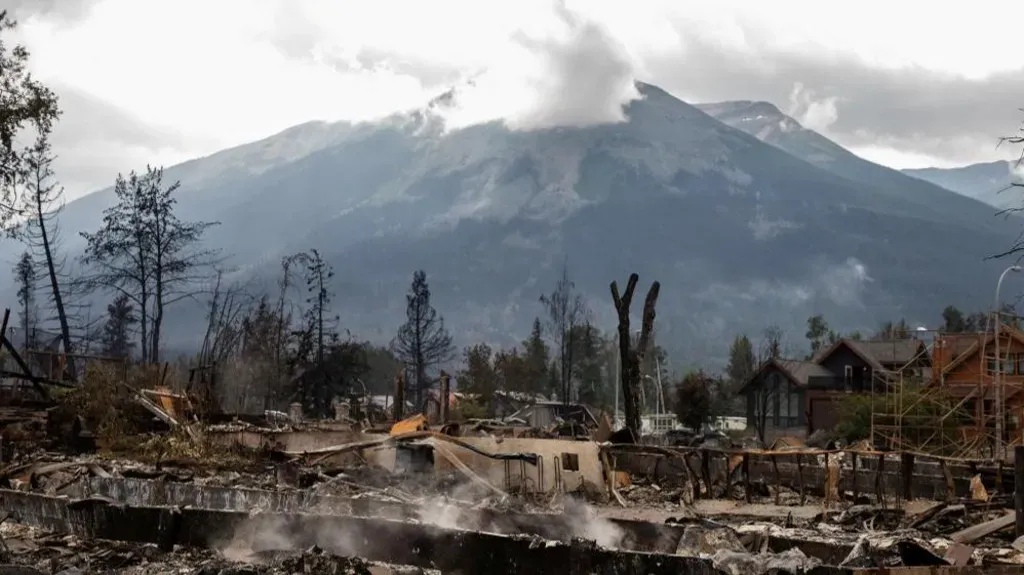The Inferno Strikes Jasper
In a heart-wrenching turn of events, the small Canadian town of Jasper, located in the stunning Jasper National Park, has been devastated by an unprecedented wildfire. This disaster has not only impacted the town’s infrastructure but has also deeply affected its residents, including the local fire chief, Mathew Conte. The fire, described as the largest in the park’s history over the past century, reached the town late on a Wednesday evening. The inferno, with towering flames that soared up to 100 meters (330 feet), was propelled by strong winds, allowing it to cover distances of up to 5 kilometers (3 miles) in mere minutes.
Fire Chief’s Emotional Struggle
Mathew Conte, the fire chief of Jasper, found himself in an excruciating position as he was forced to make the painful decision to retreat while his own home succumbed to the flames. Conte’s role was critical as he directed fire crews in their valiant efforts to protect the community. In an emotional interview, Conte described the overwhelming experience of watching his home, along with numerous other structures, fall prey to the fire. “We had to make the call just to move out of the area and let things go,” Conte recounted, reflecting on the moment when he and his team had to abandon their positions to safeguard their lives.

The Devastation Unfolds
The wildfire, which began as a result of lightning strikes, has burned through approximately 79,000 acres (32,000 hectares) of land. This inferno has claimed about 30% of the town’s structures, many of which were residential homes. Over the weekend, as cooler and wetter weather provided a brief respite, fire crews intensified their efforts to protect the remaining parts of the township. The fire’s intensity and rapid progression have led to extensive damage, with images from Jasper National Park revealing a landscape marred by charred homes and smoldering ruins.
Response and Recovery Efforts
In the wake of the fire, the town’s officials and firefighters are engaged in a meticulous planning process for a staged re-entry into the community. Federal Environment Minister Steven Guilbeault announced on Monday that while all fires within the town have been extinguished, there is no definitive timeline for when residents can begin to return to their homes. The response has been characterized by a massive evacuation effort, which has been credited with preventing injuries and fatalities among both residents and park visitors.
Ongoing Challenges and Wildlife Impact
The Jasper Wildfire Complex, which includes this significant blaze and other smaller fires, is among the 129 active wildfires currently burning across Alberta. The fire’s impact on the local wildlife has also been a concern. Jasper National Park, home to a diverse range of species including moose, bears, elk, mountain goats, and caribou, has seen significant disruptions. Wildlife officials have noted that while some animals have perished, many have successfully fled the flames. Notably, a female grizzly bear, tracked by a GPS collar, was observed taking refuge with her cubs in a wet spot by the Athabasca River, where she has since been seen foraging for berries and clover.

Looking Ahead
As fire crews continue their battle against the Jasper Wildfire Complex, the coming week presents additional challenges. Forecasts indicate that dry conditions could exacerbate the wildfire’s growth, making ongoing efforts to control the blaze crucial. The situation remains fluid, and the community of Jasper, along with the dedicated fire crews, faces an uncertain road to recovery.
For more detailed coverage on ongoing events and updates, please visit our US & CANADA section.


